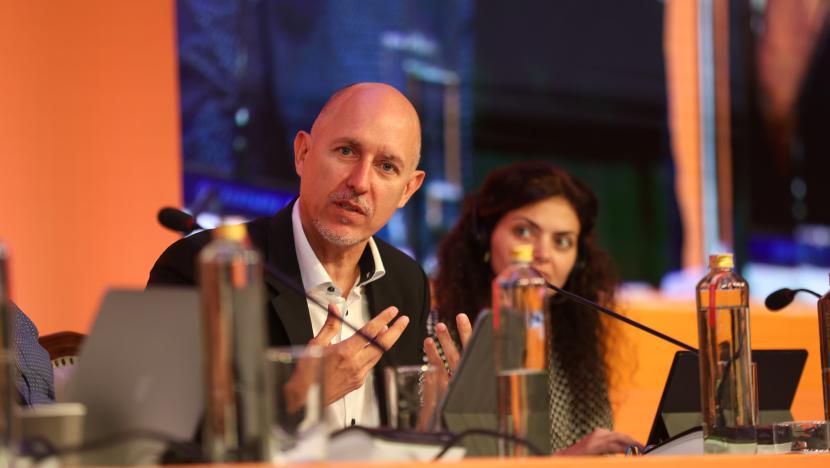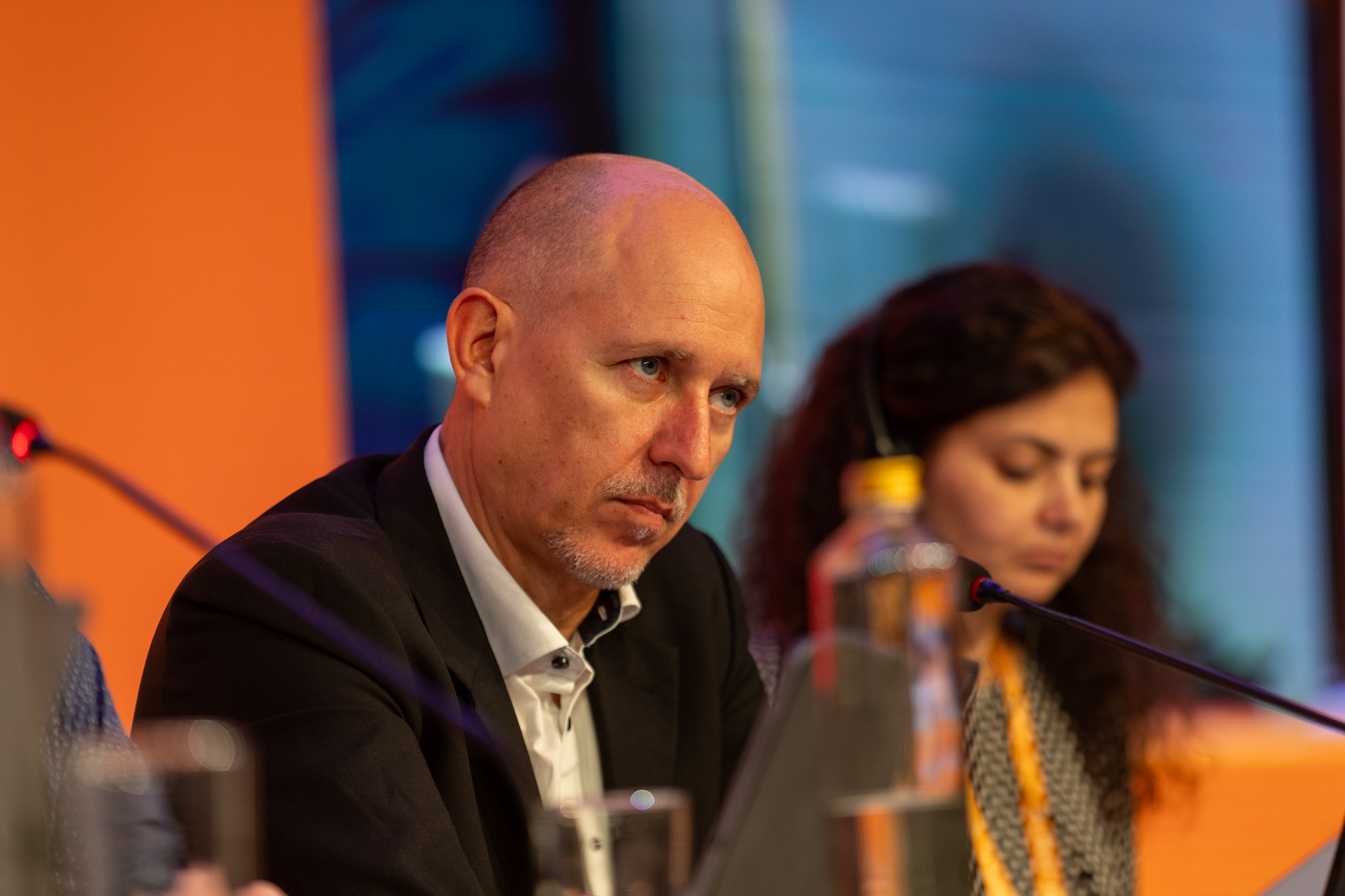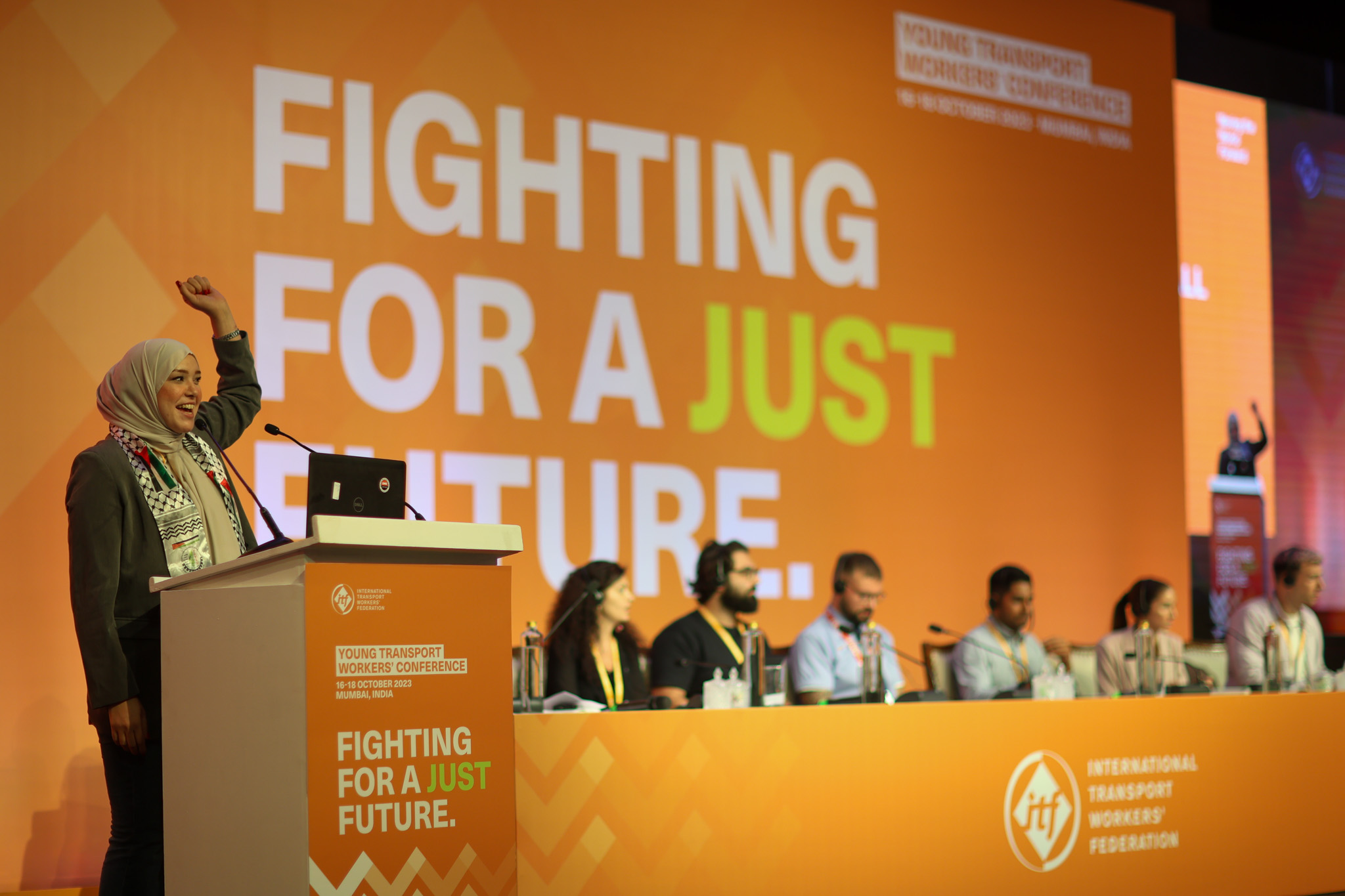How do we make a just transition happen? At the Young Transport Workers' Conference, IRU highlighted the common thread between driver shortages and a just transition: young people.
How do we decarbonise the road transport industry while continuing to offer fulfilling career opportunities to young people? In other words, how do we facilitate a just transition?
At the International Transport Workers' Federation’s (ITF’s) Young Transport Workers' Conference in India, IRU Senior Global Advocacy Adviser Jens Hügel said, “A just transition in road transport focuses on the need to become carbon neutral by 2050, as outlined in IRU’s Green Compact, while continuing to provide great career opportunities to young people. What’s the use of having clean vehicles if we don’t have drivers?”
“We can’t leave young people behind as we transition. We certainly have to continue improving the accessibility and conditions of the driver profession, ensuring that it continues to be an attractive career opportunity. Young people also hold the key to preventing the worst driver shortage forecasts from materialising,” he added.









